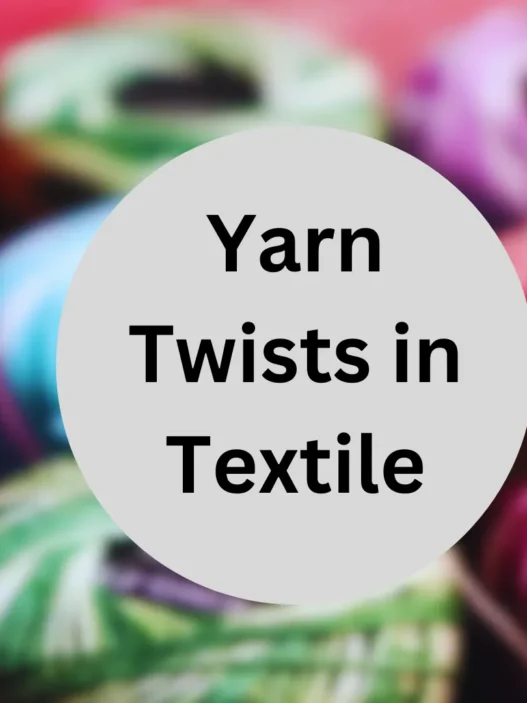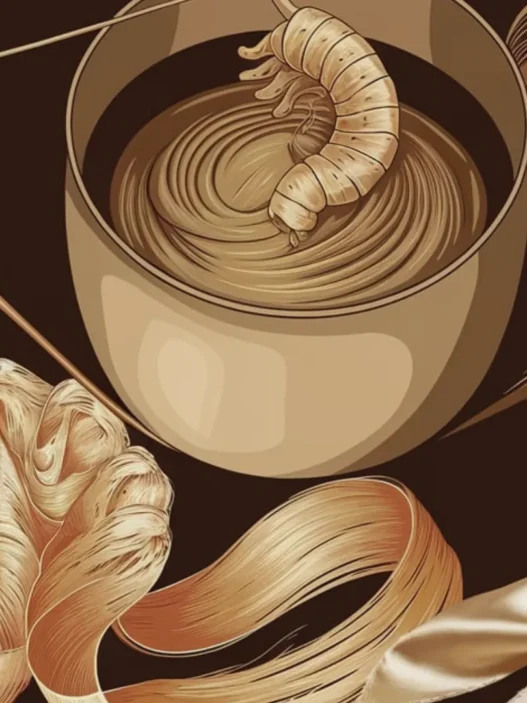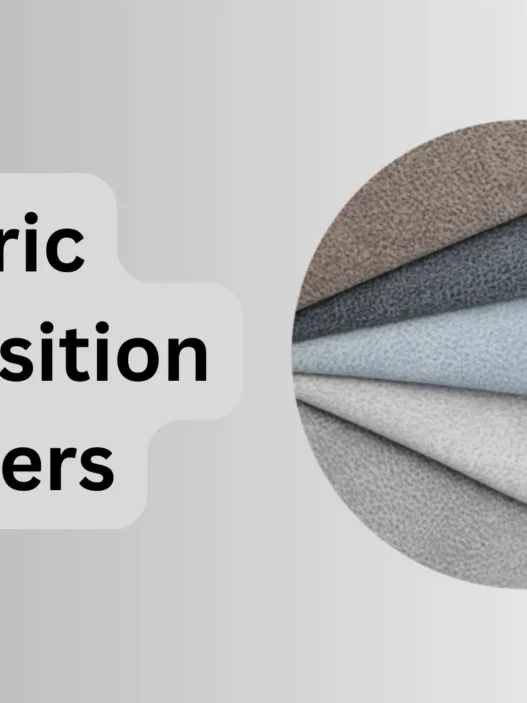If you are a beginner or an expert in embroidery, choosing fabric is as crucial as the stitches you choose. You can embroider on any fabric, but the rich materials make your project a masterpiece. If you are a beginner or a seasoned stitcher, these five opulent fabrics, Silk, Cashmere, Lace, Velvet, and Satin, will motivate you to execute your next creation. All offer their own textures and qualities that are ideal canvases from which to decorate.
Silk: The Queen of Luxury Fabrics

Silk also means elegance and refinement. Due to its natural sheen and smooth surface, silk makes a beautiful background for intricate embroidery.
Tips for Embroidering on Silk:
- Silk fabric should be used, but it is important to choose good quality silk with a tight weave, such as satin, taffeta, or crepe, to avoid fraying, which will cause distortion.
- Hooping the fabric pre-washing and pressing it first to stabilize the fibers is ideal.
- Do your best to avoid damaging the weave when using fine, sharp needles.
- If pairing with lightweight threads like stranded cotton or silk floss is something you prefer for a cohesive polished quilt, the lower thread count will help this happen.
- Never stitch silk with unnecessary creases or wrinkles!
Silk’s luminescent surface makes the colour pop brighter and gives your embroidery a heavenly sheen so you can make your special garments or pieces special and unique.
Cashmere: Softness Meets Sophistication

Cashmere, made from the undercoat of Cashmere goats, is warm, extremely warm, lightweight, and extremely soft. Its luxurious feel and refined texture make it a dream fabric to embroider.
How to Embellish Cashmere:
- Go for silky and light embellishments, which are important so the fibers won’t be snagged.
- The harmonious, textual look can be achieved with a woollen embroidery floss.
- Lightweight interfacing helps stabilize the fabric so that it won’t stretch.
- Finished pieces are hand-washed gently to keep the softness and integrity of cashmere.
Embroidery on cashmere is always a timeless luxury when creating a warm, cozy scarf or elegant sweater.
Lace: Intricate and Timeless

Lace is not only lacy but also adds a bit of sophistication to any piece. It is great for use as subtle embellishments or layering textures.
Types of Lace to Consider:
- Alençon Lace: They are raised cord outlines with elaborate needlework.
- Guipure Lace: Bold motifs are featured and connected by mesh for dramatic results.
Pro Tips for Embroidering Lace:
- To make the lace more stable, glue it to a base fabric (e.g., chiffon or silk), then decorate.
- It uses embroidery motifs to fill open spaces and add depth and contrast.
- To emphasize Manchester lace’s intricacy, use metallic rings or beads instead.
Bridal wear, formal attire, and delicate accessories are good for lacework embroidery.
Velvet: Plush and Regal

Velvet’s luxury is its soft, three-dimensional pile and its appeal for embroidery. Its sheen improves embellishments, and its texture adds depth to stitches.
Working with Velvet:
- Choose select silk, rayon, or poly blend velvet that still has a bit of a luxe appeal but will wear well for a few years.
- To prevent puckering while embroidering, use a stabilizer backing.
- Add metallic threads, beads, or sequins to pop on the fabric’s plush surface.
- Velvet has a pile and lessens with time if care is not taken when handling, so use a hoop or some frame to help keep it taut.
Velvet’s high density makes it ideal for ornate eveningwear, theatrical costumes, and decorative pillows (which, I admit, are my favorite thing about velvet).
Satin: Sleek and Shimmering

Lustrous and textural satin is a beautiful bridal fabric for embellishing. Its luxurious drape and iridescence seem to amplify the effect of embroidery.
Tips for Embroidering Satin:
- Use heavier satin for embellished or structured projects or garments that do not sag.
- Introducing a bit of satiny texture with contrasting textures, such as matelassé or charmeuse, adds interest.
- To prevent the puckering of lightweight satin, sew it on an embroidery hoop and stabilizer.
- Try chain stitches, metallic, or small sequins to enhance the fabric’s natural shine.
For formal gowns or evening clutches or decorating home acc. Satin is a great choice.
Conclusion
These five gems of luxury fabric silk, cashmere, lace, velvet, and satin, whether for your couture garments, heirloom accessories, or luxurious home décor, will engender unique and unmatched elegance and versatility. The results are well worth it if they need extra care and attention.
Even if you do not have the budget for these high-end materials, keep making things, and remember that creativity has no bounds. Even simple fabrics can be turned into works of art with the right stitches and a little imagination. Now is the time to grab your needles, threads, and embellishments and show off your creative side!
Olivia Hart is a business analyst passionate about entrepreneurship, providing insights and strategies for startups and established companies alike.




















